
Question and Answers Forum
Question Number 52360 by ajfour last updated on 06/Jan/19

Commented by ajfour last updated on 06/Jan/19

Answered by mr W last updated on 06/Jan/19

Commented by ajfour last updated on 06/Jan/19

Commented by mr W last updated on 06/Jan/19
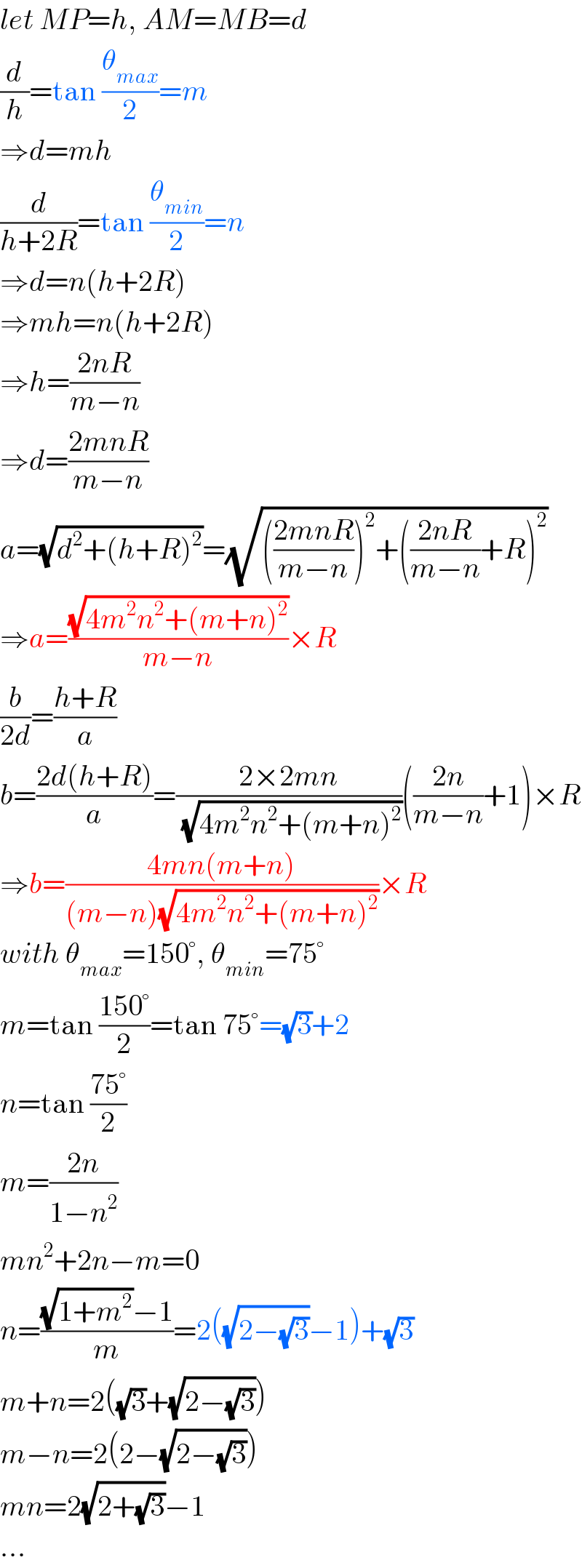
Commented by mr W last updated on 06/Jan/19
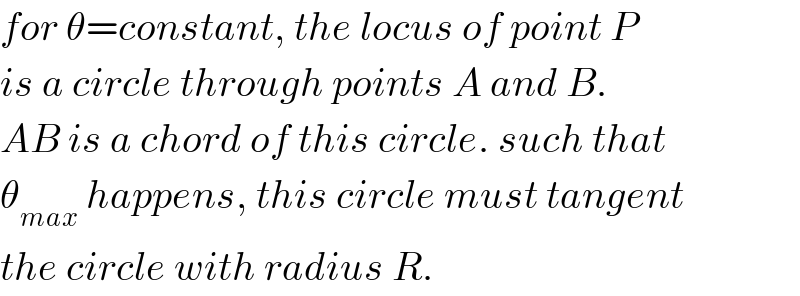
Commented by mr W last updated on 06/Jan/19

Commented by ajfour last updated on 06/Jan/19

Commented by mr W last updated on 06/Jan/19
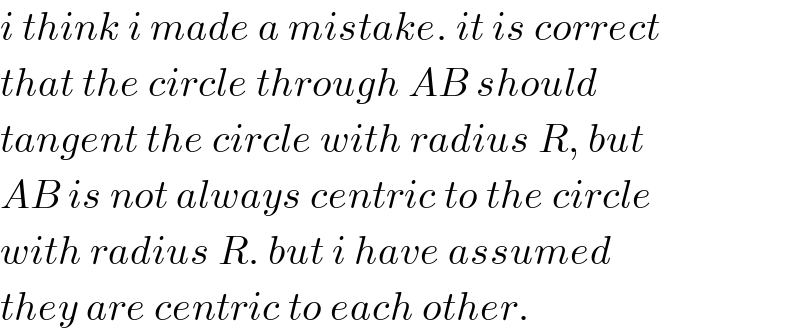
Commented by mr W last updated on 06/Jan/19

Commented by mr W last updated on 06/Jan/19
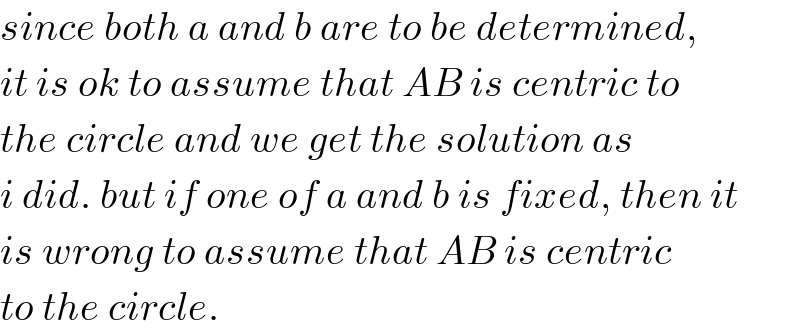
Commented by ajfour last updated on 06/Jan/19

Commented by mr W last updated on 07/Jan/19
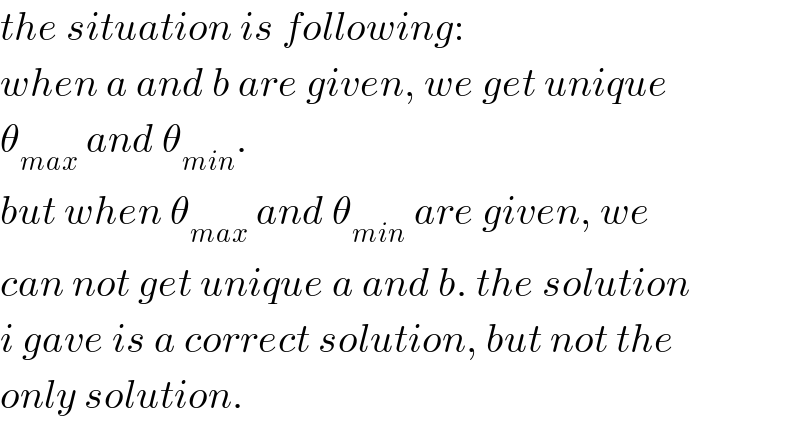
Commented by ajfour last updated on 07/Jan/19

